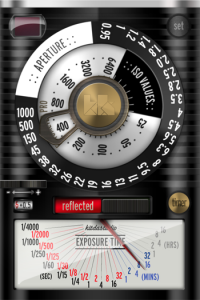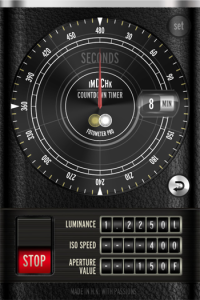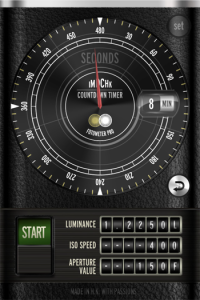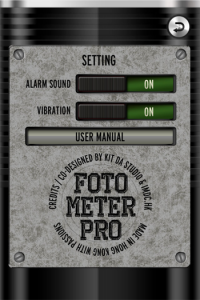Old Friends
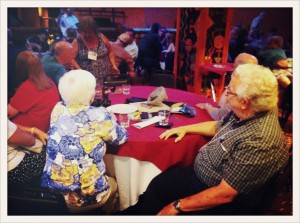
Well, today was the first day of my Combat Camera Reunion in Albuquerque, New Mexico and it amazes me that how easy it is to pickup with old friends that you haven’t seen for over 15 years. Don’t get me wrong because I do keep up with my fellow veterans, mostly though Facebook, but to actually see each other face to face it’s like it’s only been a few weeks and not many years.
Some of the names my many of military friends will recognize that are here are, Ken Hackman, Perry Heimer, Paul Harrington, Joe Coleman, Rob Marshall, Mike Creen and Bob Simons, among others.
We sat around and recalled old war stories from our days of capturing the history of the military with our cameras and when how things have changed in the world of photography from film to digital. It was great, but I finally gave out about 10 pm after a full day of driving and shooting pictures on the way here I was a tired puppy. Tomorrow morning we’re doing a group photo of those gathered here for the reunion before we all head off on a trip to Santa Fe for a day trip. Some are driving and others like sis and I are taking the train! When offered the option, what else was I supposed to do?
Still two more days of catching up, programs and war stories before we wrap things up. I’ll try to get some better images to show the group and what everyone looks like and has been up to over the next couple of days. – Stay Tuned!



